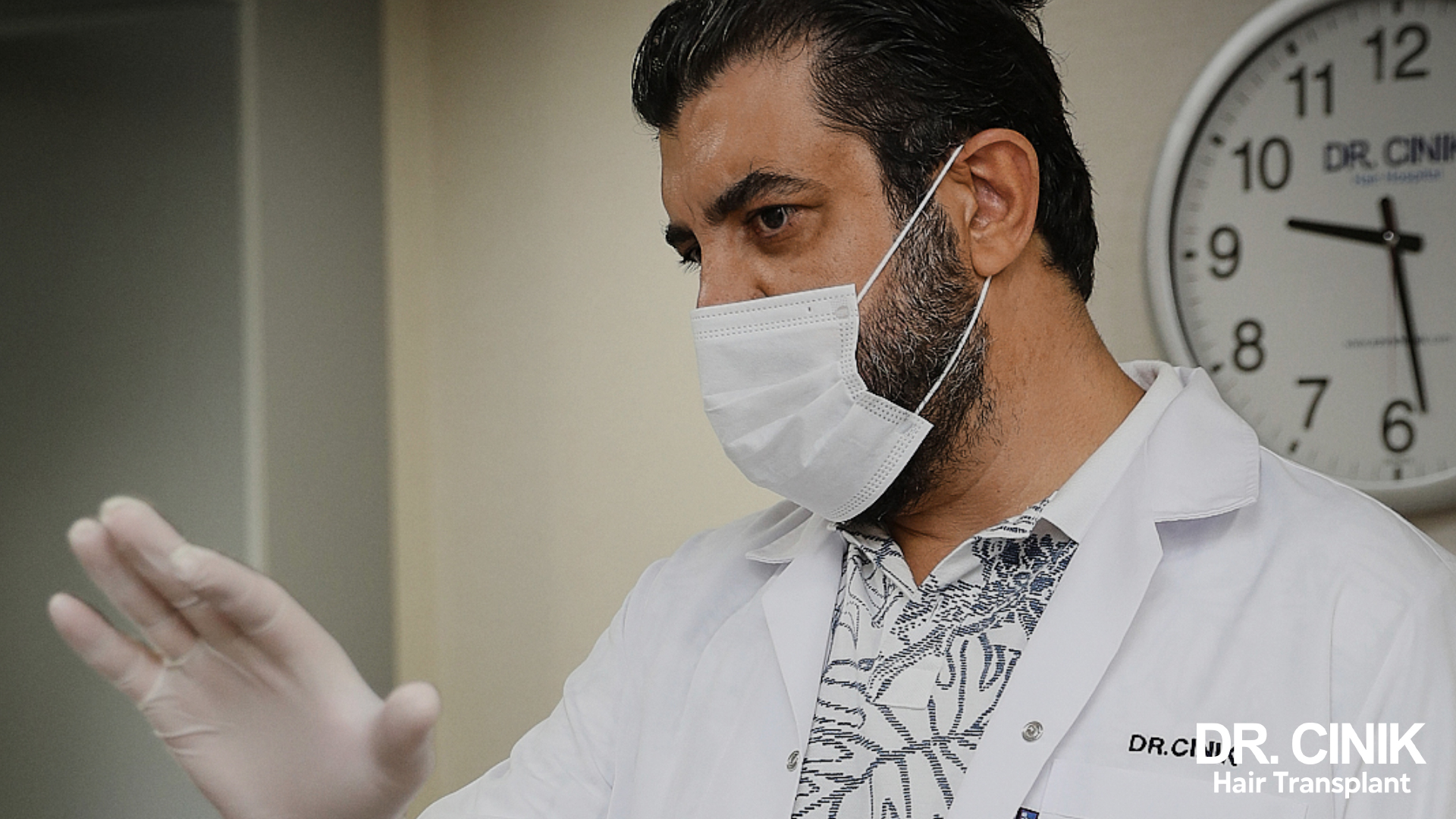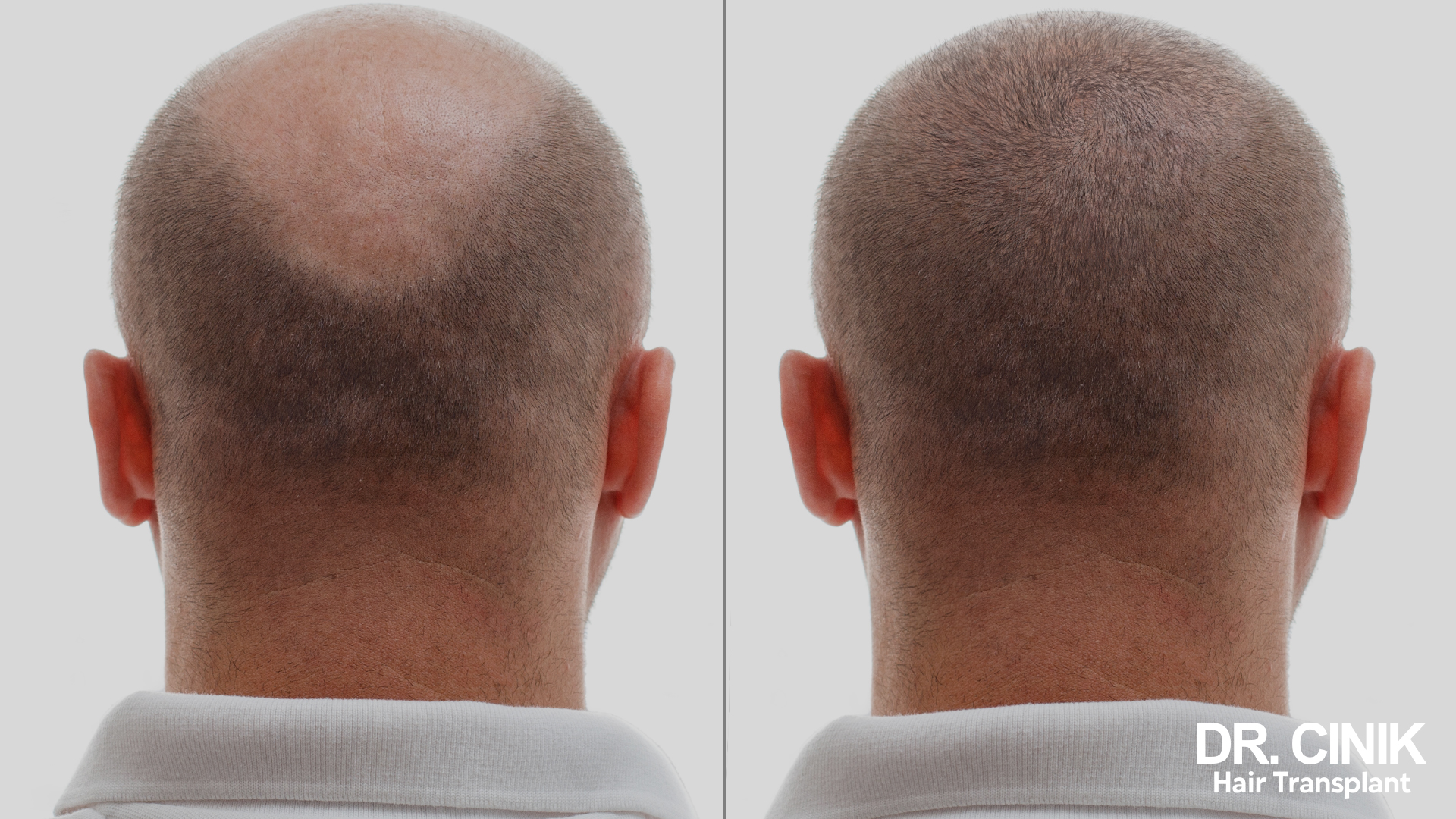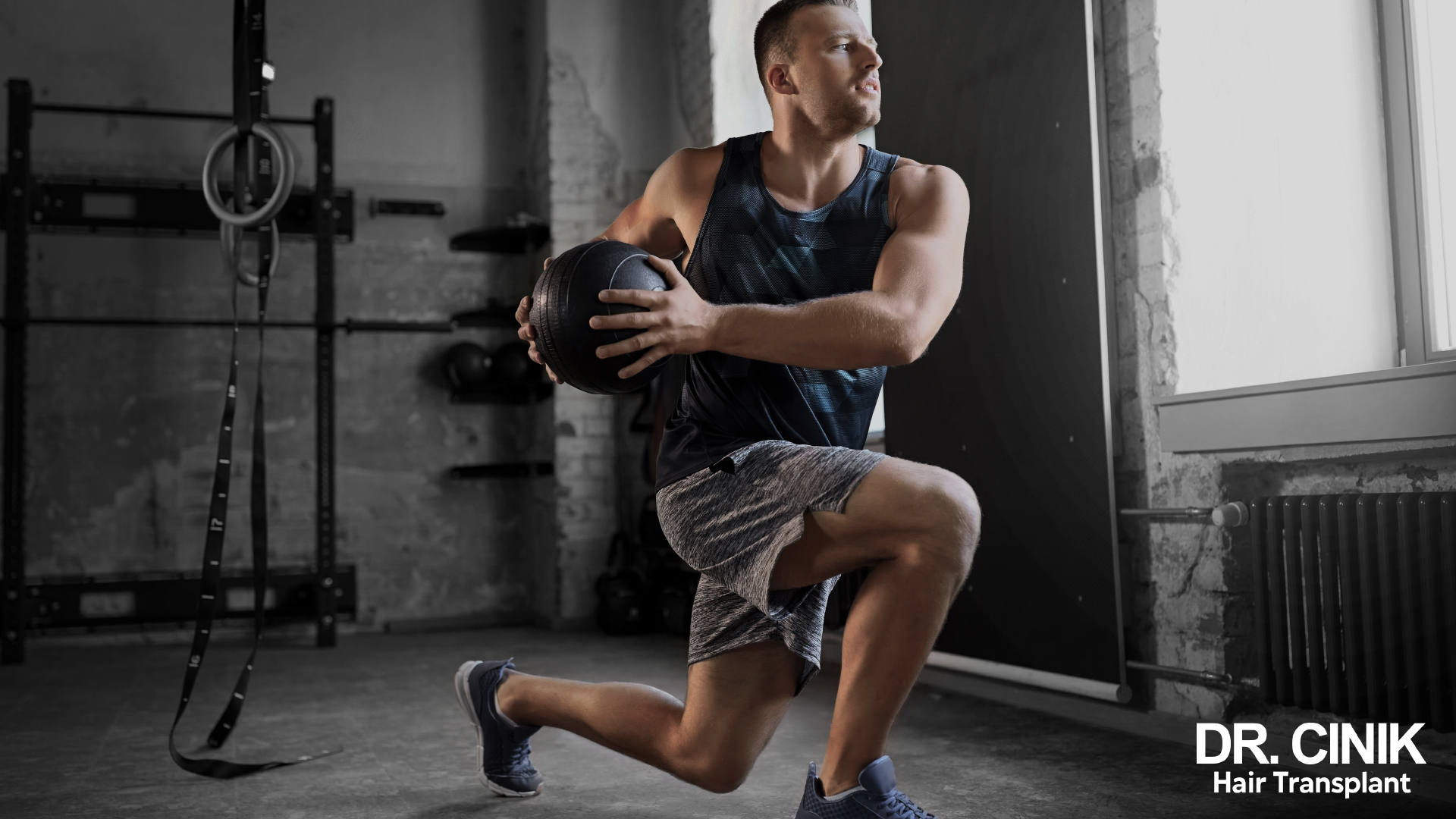Hair transplant after 3 months: what to expect?

Sommaire
The first three months following a hair transplant are a crucial stage for the healing and regrowth process. Within 10 days of the procedure, the scalp completes its healing, which is essential for anchoring the grafts. Around the first month, a common occurrence called “shock loss” may happen, causing temporary hair loss in both the grafted areas and other parts of the scalp. Although this stage may cause some concern, it is a normal part of the process.
After two months, the regrowth of hair begins. Generally, the hair grows back fine at three months, which is a temporary characteristic that evolves over time. Additionally, small white pimples that resemble acne may appear, indicating hair regrowth through the follicles.

Changes observable 3 months after a hair transplant
Several changes are observable three months after a hair transplant, reflecting the natural evolution of the healing and regrowth process. One of the most notable aspects at this stage is the nature of hair regrowth. Here are the main changes observed:
- Fine hair regrowth: at three months, hair generally starts to grow back but often appears very fine. This thinness is typical of the initial post-transplant regrowth phase. New hair is initially more delicate and may have a slightly different texture or colour than existing hair.
- Uneven regrowth: uneven regrowth is also common at this stage. Some hair follicles may grow back faster than others, resulting in a somewhat heterogeneous appearance on the scalp. This unevenness is temporary and tends to even out over time.

It’s important to bear in mind that hair regrowth after a transplant is a gradual process that can take several months, even a year, to be fully realised. Final results will not be immediately visible at three months; patience is essential.

The appearance of comedones (white pimples) 3 months after a hair transplant
Three months after a hair transplant, the appearance of comedones, or small white pimples, is a fairly common phenomenon and is generally considered normal and benign. These small pimples are often the result of new hair growth, particularly when the hair is still very fine. In moderate quantities, these blackheads are not alarming and are part of the natural healing process.

However, if these pimples become larger, very numerous, purulent, or appear before the third month, it is advisable to consult your surgeon. These symptoms could indicate complications, such as an infection or a more severe inflammatory reaction. The surgeon can assess the situation and provide the appropriate treatment if necessary.
Resuming sport 3 months after a hair transplant
It is generally feasible to resume sports three months after a hair transplant, but it’s important to approach it cautiously and gradually. Most sporting activities can be resumed at this stage, but certain restrictions should be observed to protect the grafted areas.
It’s recommended to avoid contact sports such as rugby, boxing, and field hockey, as they present a high risk of trauma to the scalp. Similarly, sliding sports such as skiing, snowboarding, and surfing are not recommended because they increase the risk of falls and blows that could affect the grafted area.

Scuba diving is not allowed at this stage. Underwater pressure and the specific environment of this activity may pose risks to the scalp’s healing and health after a hair transplant.
If you have any doubts or concerns, it’s best to consult your surgeon for personalized advice.
Tips for promoting hair regrowth following a hair transplant
To encourage hair regrowth after a transplant, it’s essential to adopt a healthy lifestyle. A balanced diet, rich in vitamins and minerals, plays a crucial role in supporting hair growth. It’s also advisable to avoid tobacco and alcohol, as they can hinder the healing process and affect the quality of regrowth.

After a hair transplant, healing, uneven and fine hair regrowth, and the appearance of blackheads are normal stages. By following your surgeon’s advice and maintaining good communication with him or her, you’ll be able to live the post-transplant experience with peace of mind, and achieve the best possible results.
 en
en



